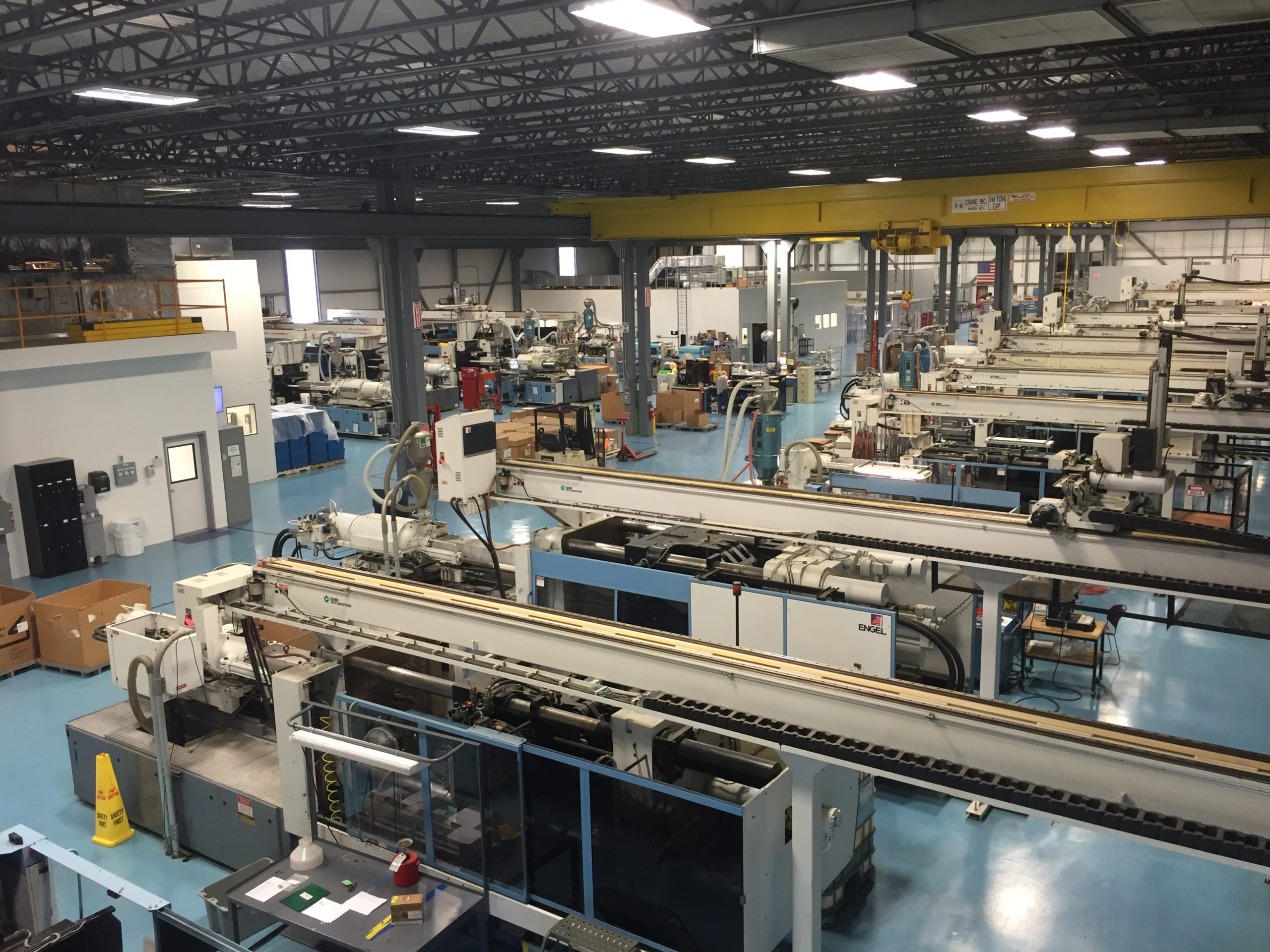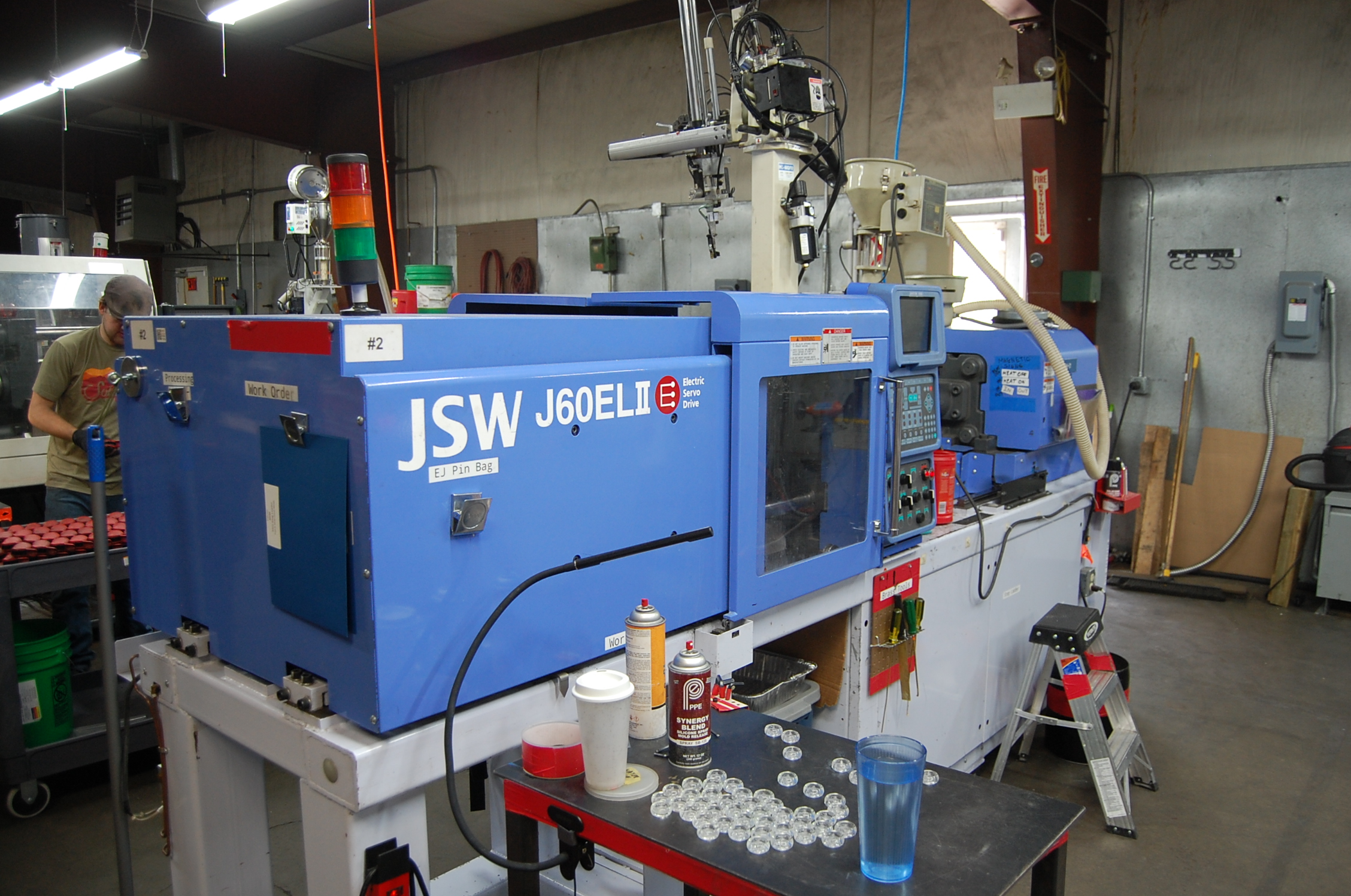The Greatest Guide To Plastic Manufacturings
Wiki Article
Getting The Oem To Work
Table of ContentsSome Known Factual Statements About Lean Manufacturing Lean Production Can Be Fun For EveryoneNot known Details About Plastic Manufacturing The Best Guide To Die Casting3 Easy Facts About Plastic Manufacturing DescribedSee This Report about Mfg
The text on this web page is an example from our complete White Paper 'Shot Moulding for Purchasers' - * Example text * - for full guide click the download switch over! Intro This overview is meant for people who are wanting to source plastic mouldings. It gives a much needed insight right into all that is entailed with developing plastic components, from the mould tool needed to the moulding process itself.If you wish to discover additionally, the guide covers sorts of mould devices, in addition to unique ending up processes such as colours & plating. Words that are underlined can be found in the reference in the appendix ... Component I: Moulding: The Essentials The Advantages of Injection Moulding Plastic shot moulding is an extremely precise procedure that uses a number of benefits over other plastic handling approaches.
Accuracy is ideal for extremely complex parts. Compared to various other methods, moulding allows you to include even more attributes at very small resistances. Have an appearance at the image to the. You can hold this moulding in the hand of your hand as well as it has employers, ribs, steel inserts, side cores and holes, made with a gliding shut down attribute in the mould device.
Plastic Manufacturing for Beginners


3 Simple Techniques For Manufacturing Industries
from material feed Product melting; material injection; cooling time and ejection to the re-closing of the mould tool ready device all set next cycleFollowing Draft angles - The wall surfaces of a moulded part ought to be slightly tapered in the instructions in which the part is ejected from the mould device, to permit the component to be expelled conveniently.Ejector stroke - The pressing out of ejector pins to expel the moulded component from the mould tool. Ejector stroke speed, length and also timing requires to be very carefully managed to stop damage to the ejectors as well as mould tool, yet at the very same time make the moulding cycle as short as possible.

7 Simple Techniques For Mfg
Ribs - When a plastic part has thin walls, ribs are contributed to the layout to make the slim walls stronger Side cores - Side activity which generates an attribute on a see page moulded component, at an opposing angle to the typical opening direction of the mould tool. lean production. The side core needs to be able to pull back as the plastic part can not be ejected or else.
Wall surfaces - The sides of a moulded part The text on this page is a sample from our full White Paper 'Shot Moulding for Customers'.
Shot moulding is widely made use of for manufacturing a selection of parts, from the tiniest elements to whole body panels of vehicles. Breakthroughs in 3D printing modern technology, using photopolymers that do not thaw during the shot moulding of some lower-temperature thermoplastics, can be utilized for some simple shot moulds. Shot moulding makes use of a special-purpose device that has 3 components: the shot unit, the mould and the clamp.
Die Casting for Dummies
Process features [modify] Shot moulding uses a ram or screw-type bettor to compel molten plastic or rubber material into a mould dental caries; this solidifies into a form that has adapted the shape of the mould. It is most frequently utilized to refine both polycarbonate and also thermosetting polymers, with the quantity use the former being considerably higher.: 13 Thermoplastics prevail as a result of attributes that make them extremely suitable for injection moulding, such as simplicity of recycling, adaptability for a variety of applications,: 89 and also capacity to soften and move on home heating.In numerous dental caries moulds, each tooth cavity can be identical as well as create the same parts or can be special and develop several various geometries throughout a solitary cycle.
The screw delivers the raw material ahead, mixes and also homogenises the thermal and also viscous distributions of the polymer, and minimizes the needed home heating time by mechanically shearing the product and adding a significant amount of frictional heating to the polymer. The material feeds ahead with a check shutoff and also accumulates at the front of the screw right into a quantity referred to as anchor a shot. When sufficient product has actually collected, the material is forced at high pressure and also velocity into the part forming cavity. The exact amount of shrinkage is a function of the resin being used, and can be relatively foreseeable. To prevent spikes in pressure, the procedure normally makes use of a transfer placement matching to a 9598% full cavity where the screw changes from a consistent speed to a continuous pressure control.
The 15-Second Trick For Plastic Manufacturing
The packing pressure is applied until the entrance (tooth cavity entry) strengthens. Due to its tiny dimension, Recommended Site the gateway is normally the first location to solidify with its entire thickness.: 16 Once the entrance strengthens, no more material can go into the tooth cavity; as necessary, the screw reciprocates as well as obtains product for the next cycle while the material within the mould cools so that it can be ejected and be dimensionally stable.Report this wiki page